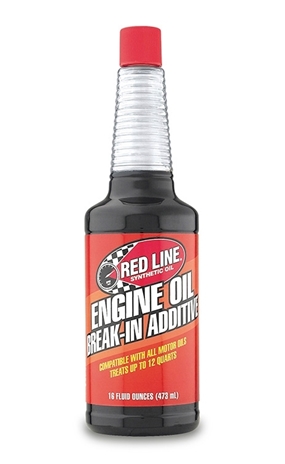Just rebuild 1969 440 engine. Stock Setup.
I understand that zinc should be in oil for break-in period and possibly longer.
I purchased Castrol GTX SEA 10w-40 Oil
Does this have zinc in it? Doesn't state on bottle. And if it does is it enough for break in?
If not i did purchase Lucas Zinc additive. Would it hurt to add this additive anyway? Its says one bottle of additive per oil change.
Thanks
I understand that zinc should be in oil for break-in period and possibly longer.
I purchased Castrol GTX SEA 10w-40 Oil
Does this have zinc in it? Doesn't state on bottle. And if it does is it enough for break in?
If not i did purchase Lucas Zinc additive. Would it hurt to add this additive anyway? Its says one bottle of additive per oil change.
Thanks


